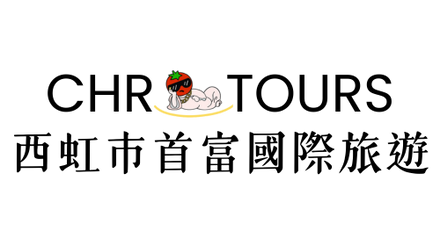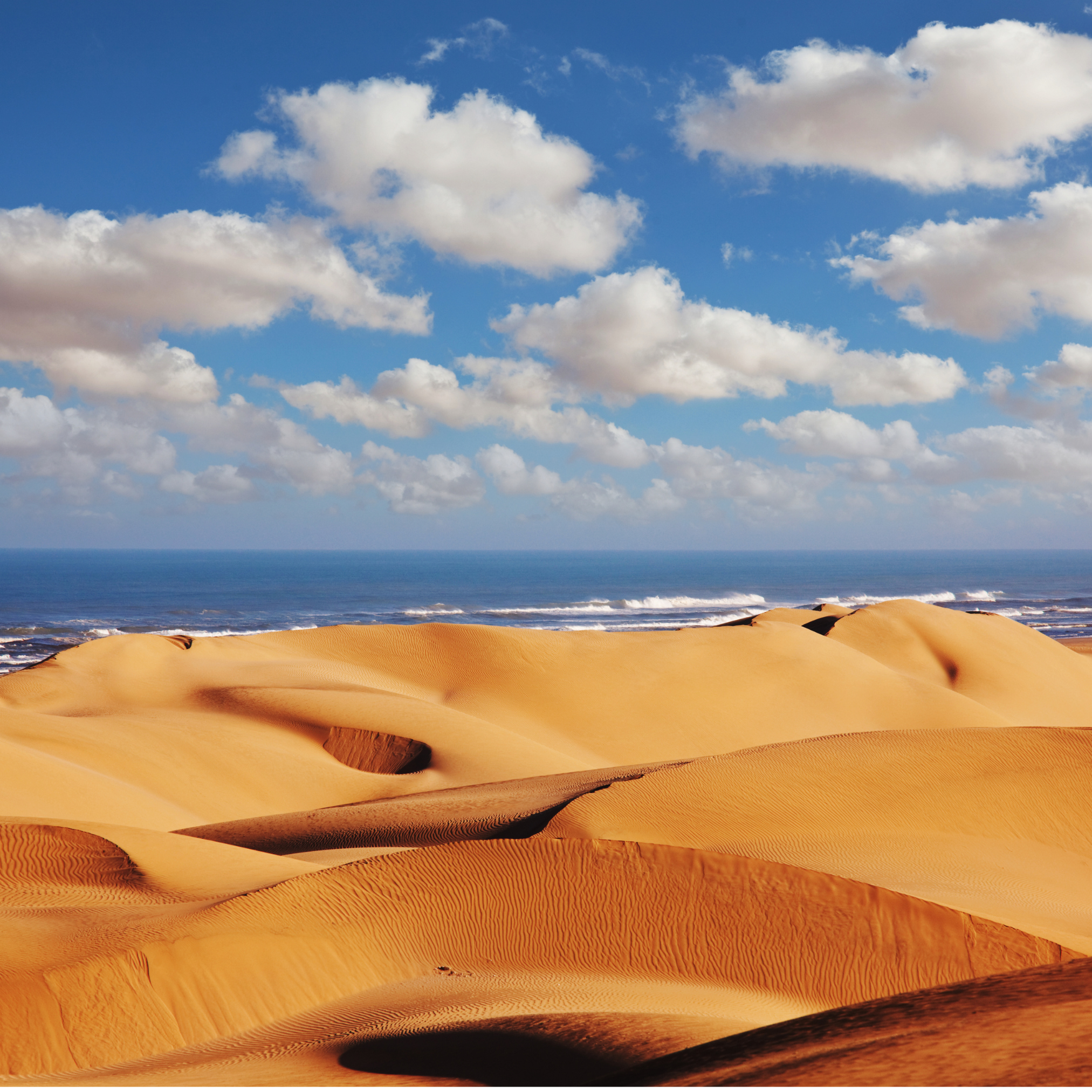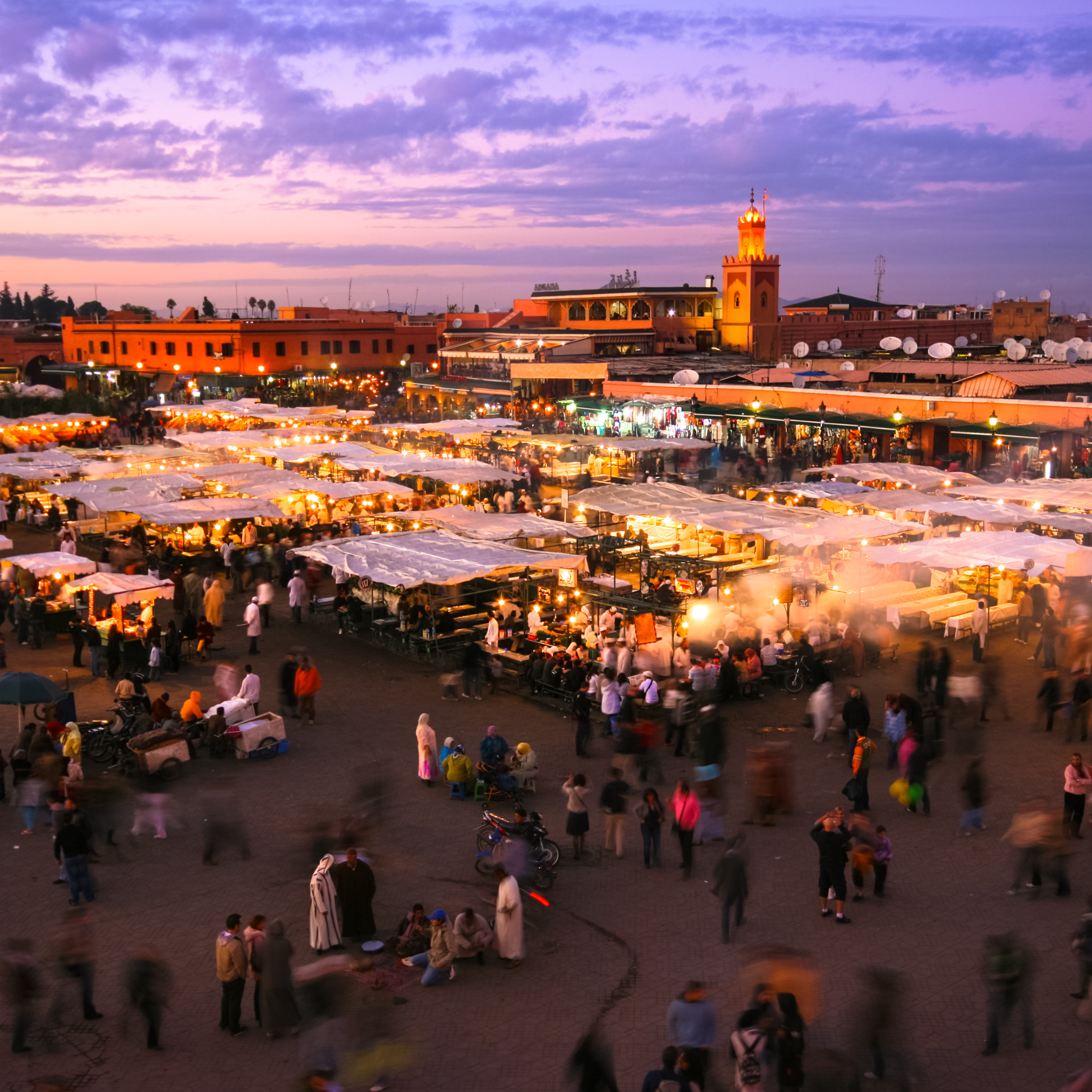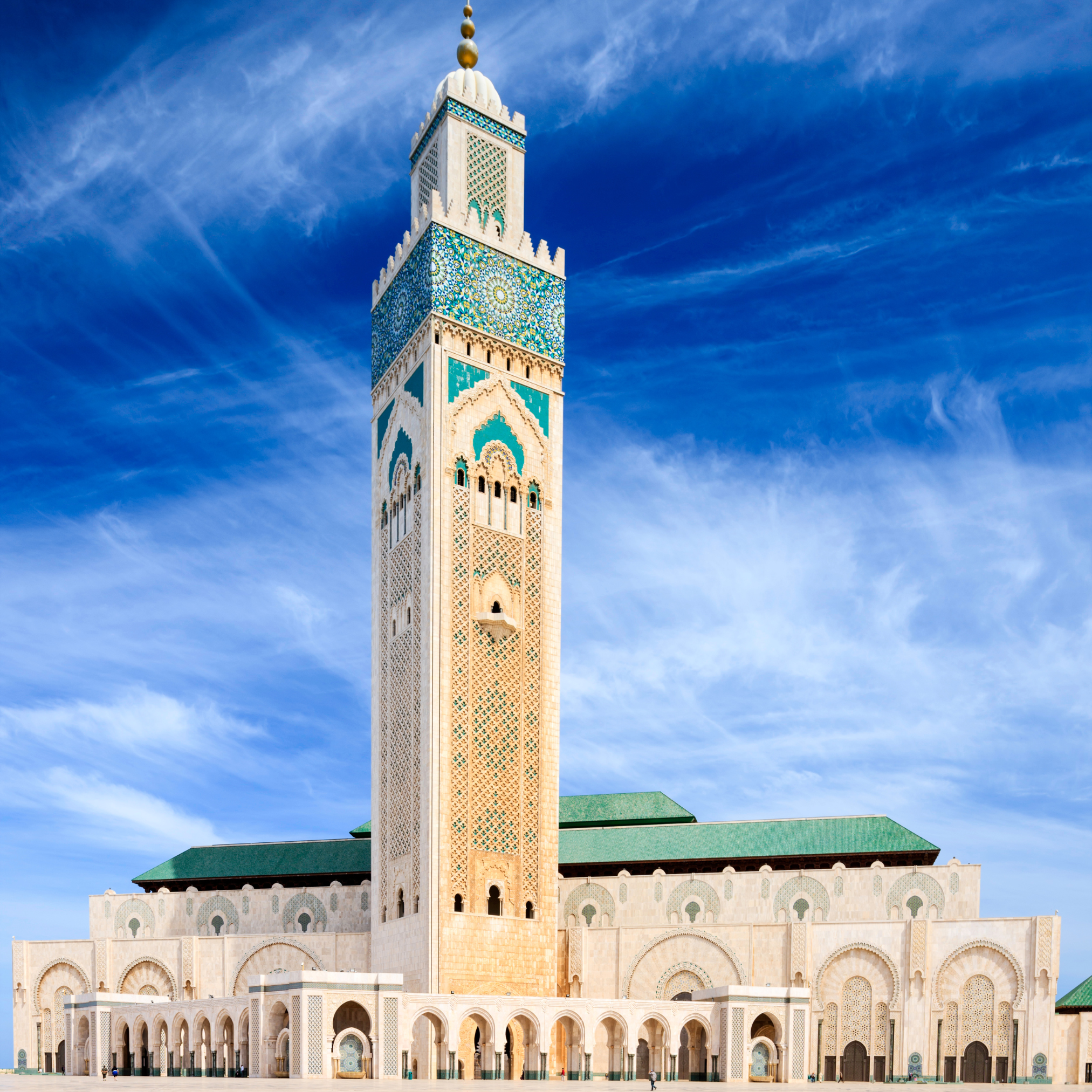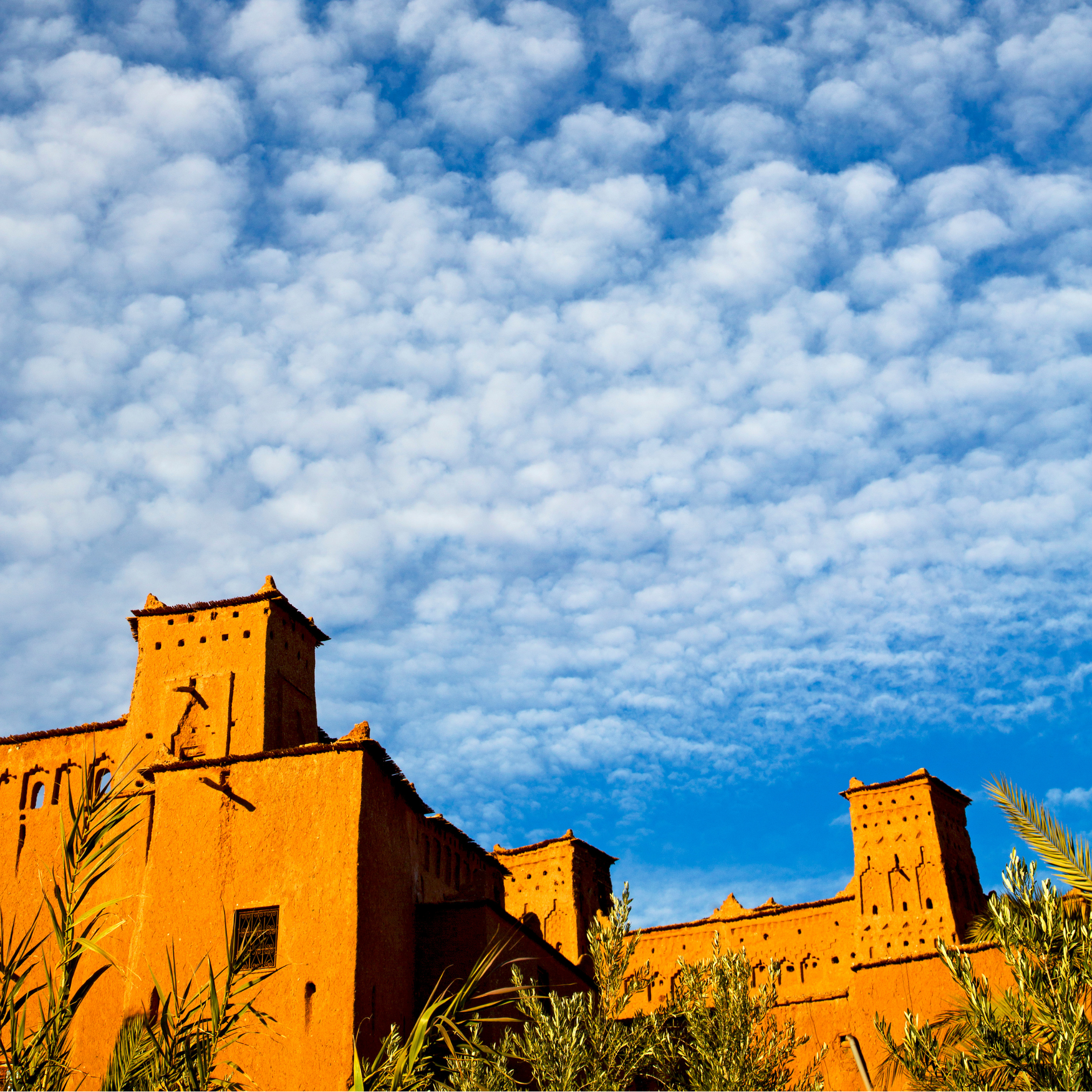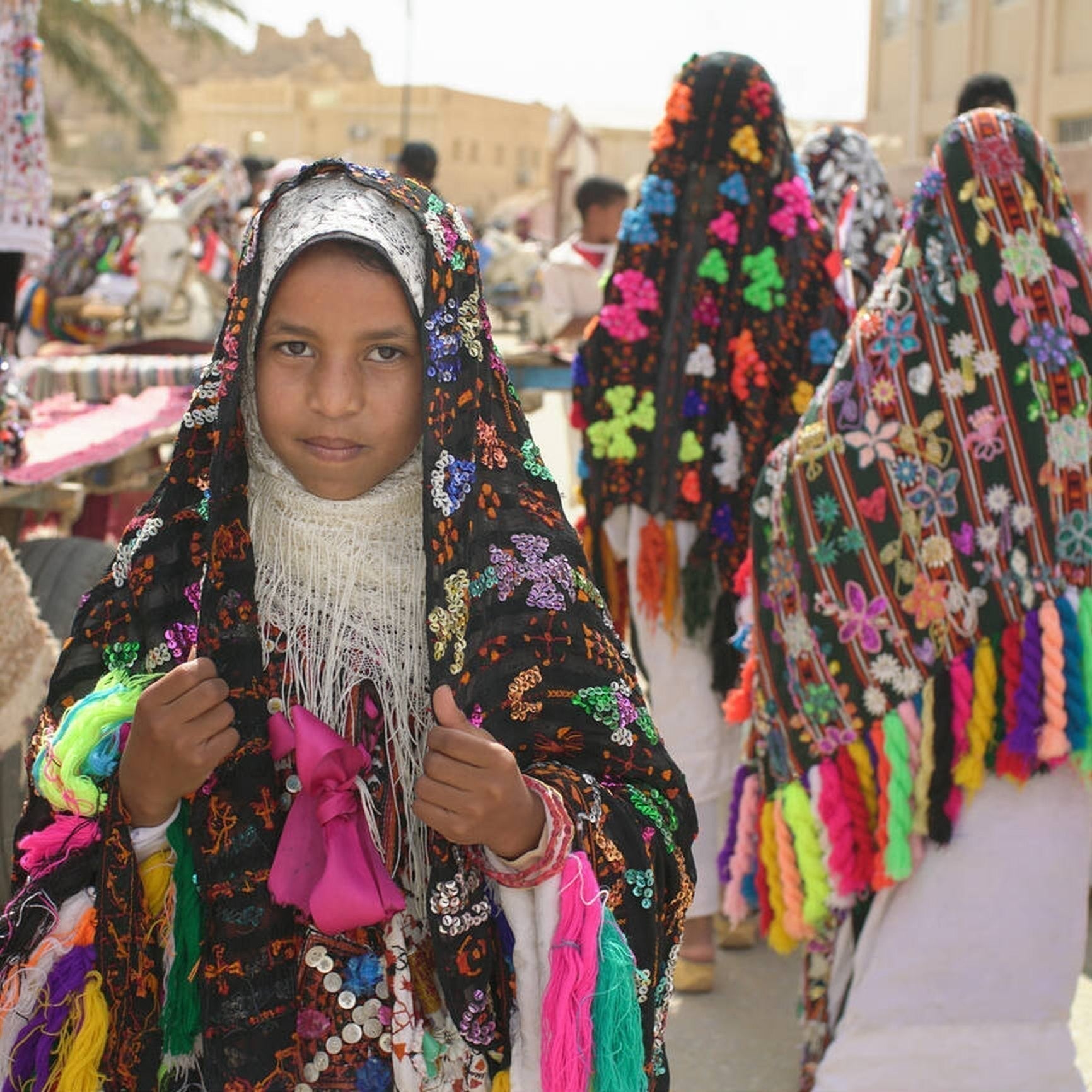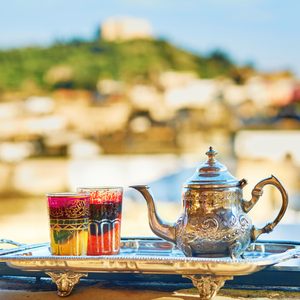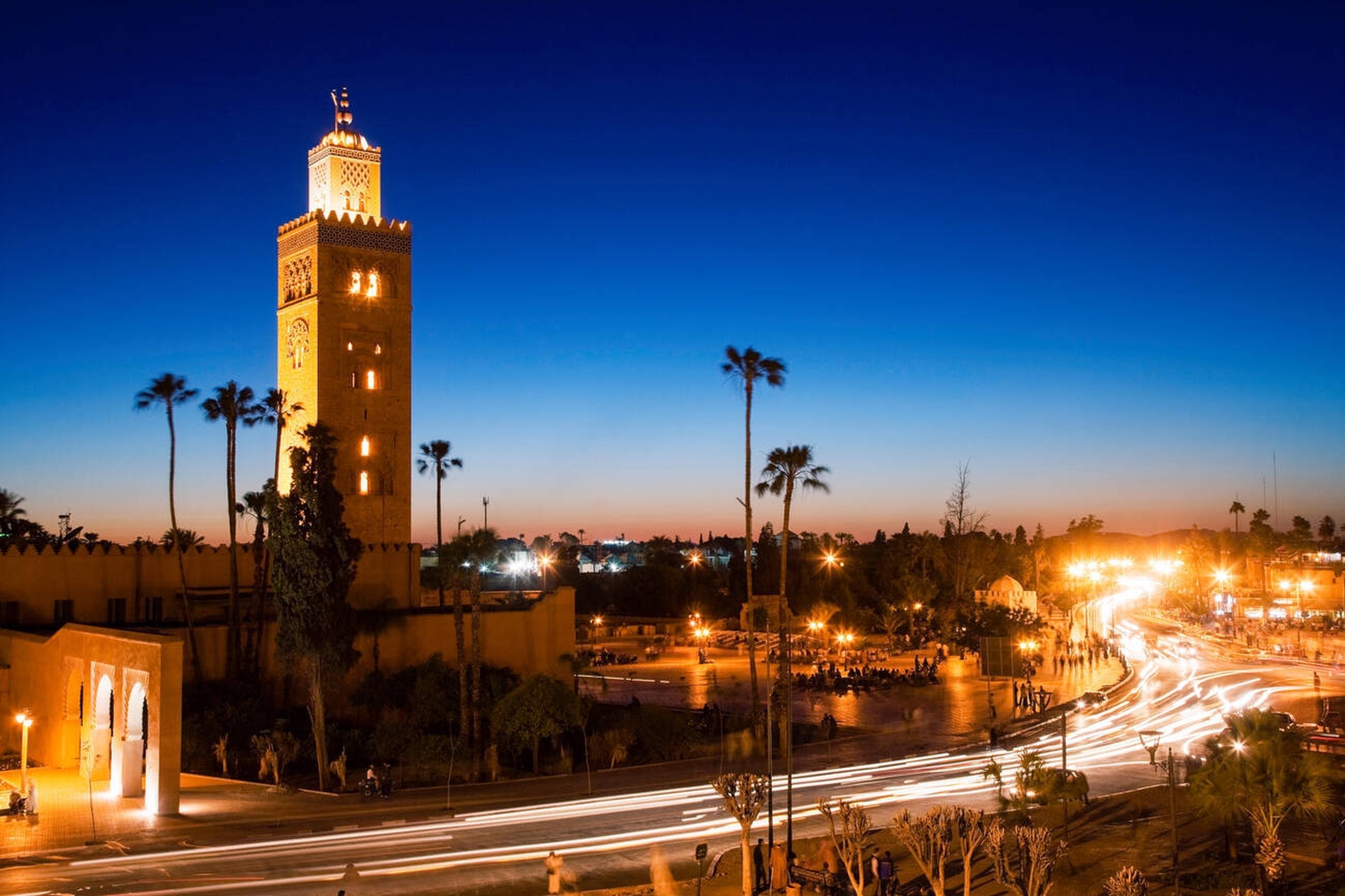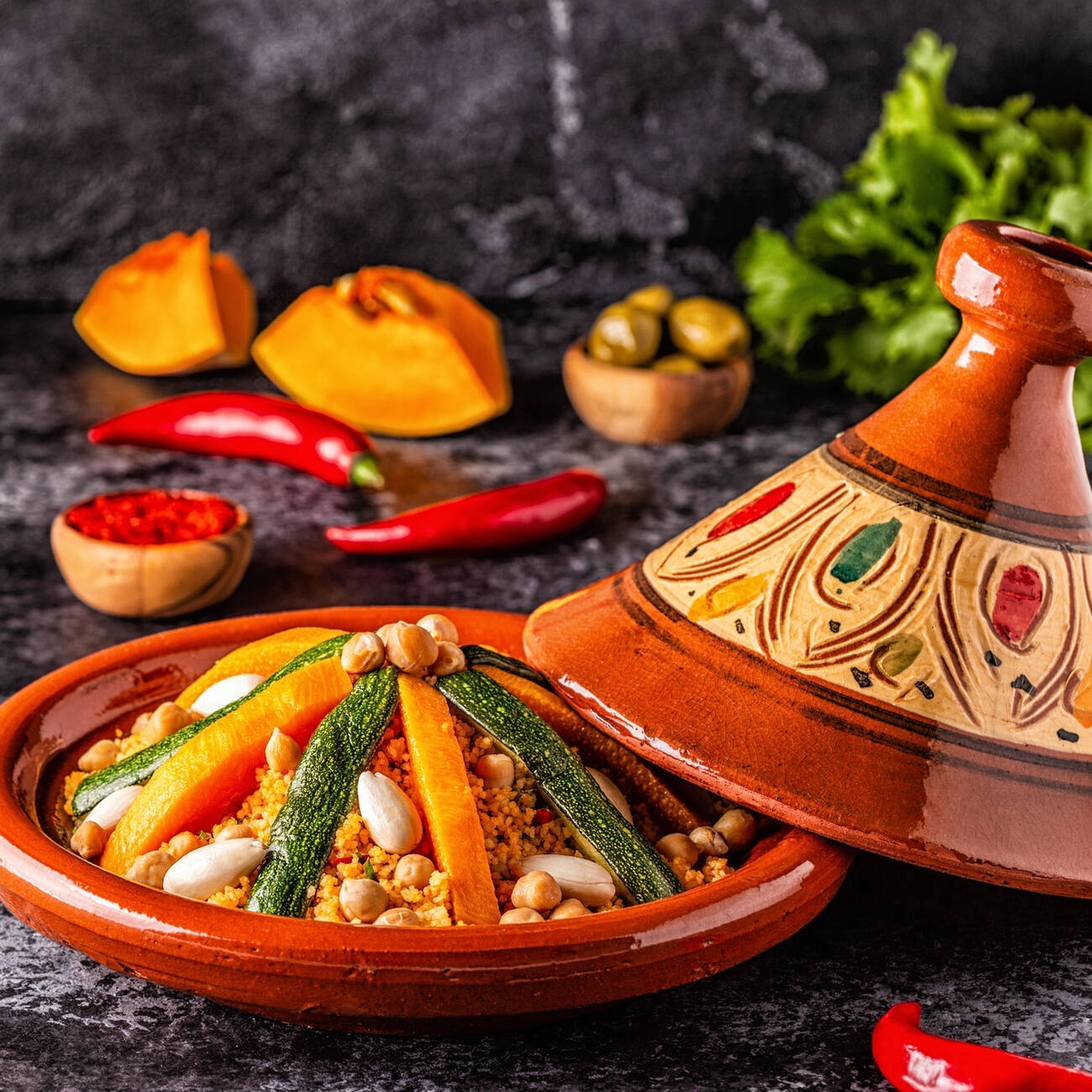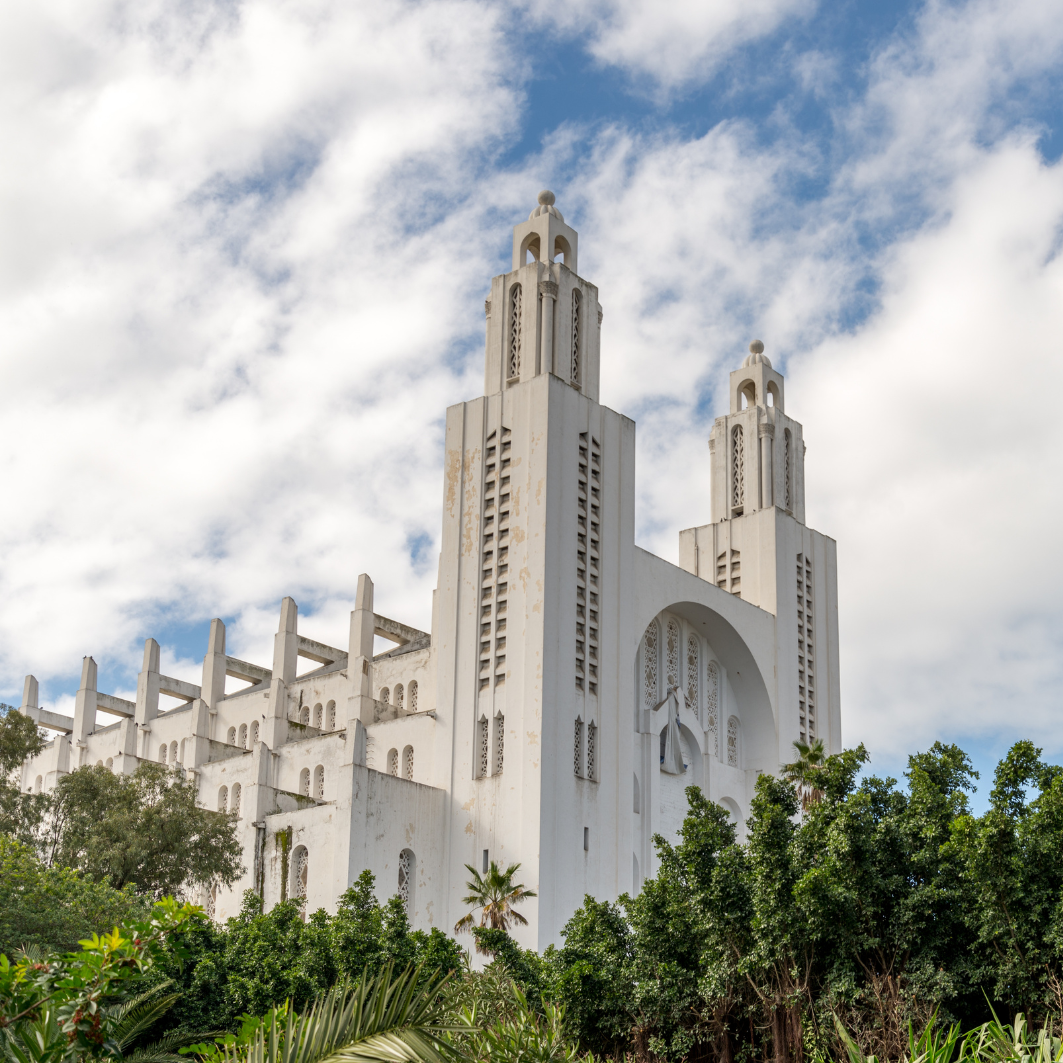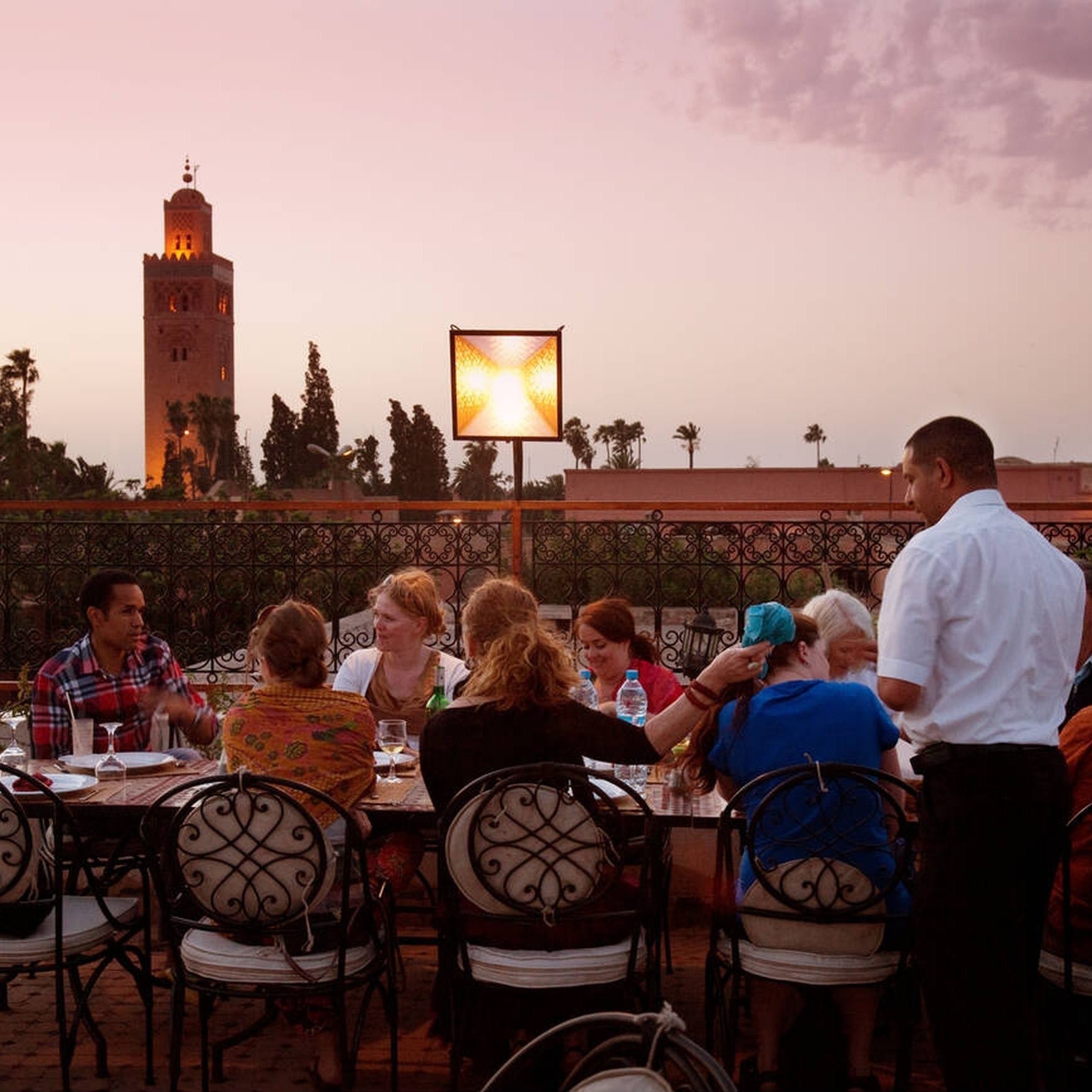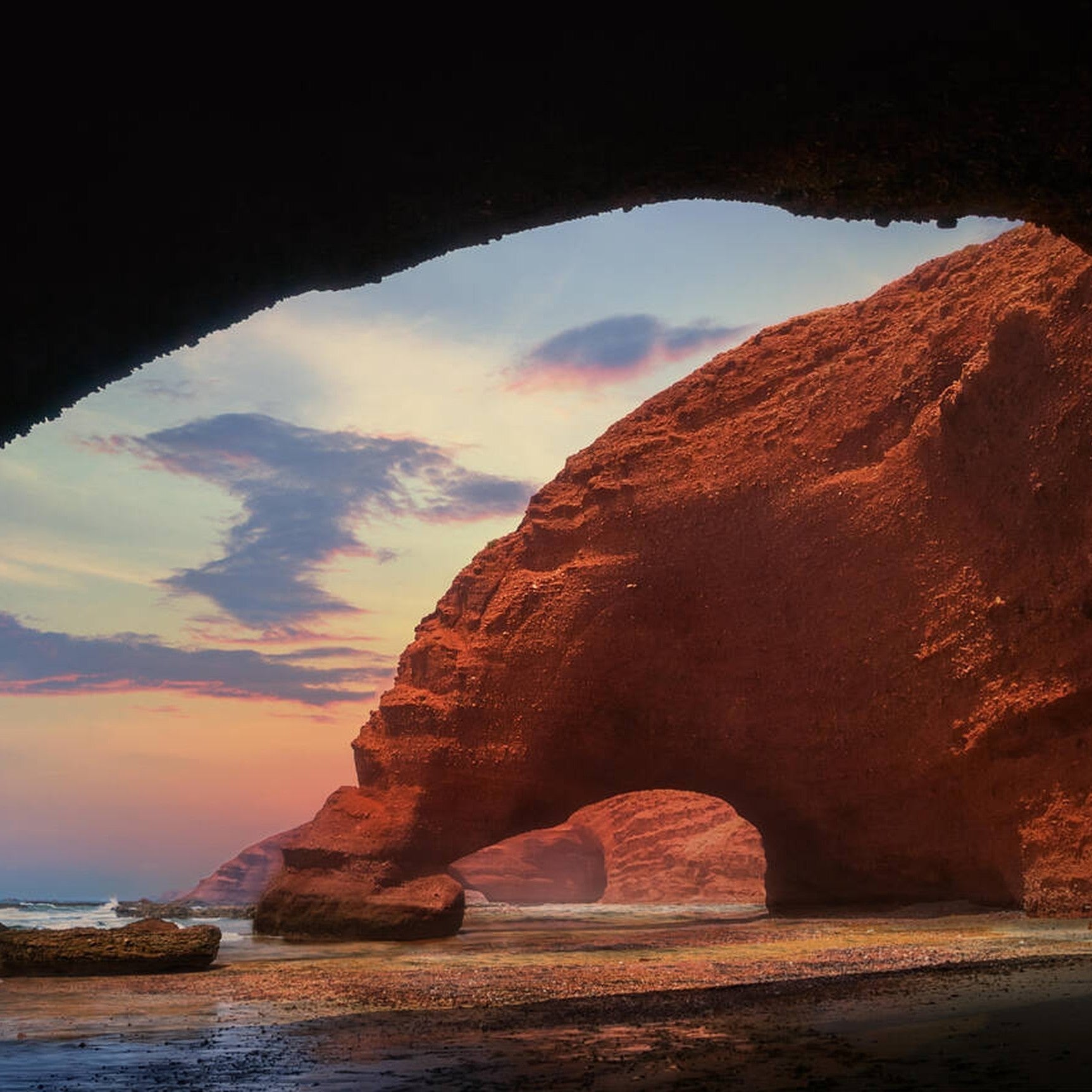Introduction of Berbers in Morocco

The Berbers are an ancient ethnic group that has lived in North Africa for generations. They are still mainly distributed in Morocco, Algeria, Tunisia and Libya in northwestern Africa. When the Roman Empire ruled Morocco, many areas of Morocco were still controlled by Berber tribes. As a Negro-European mixed race, the Berbers have formed their own unique culture, language and social structure over the long course of history. Although the name "Berber" comes from the Latin word "barbari" (meaning barbarians), the Berbers call themselves "Amazig" (Arabic: الأمازيغ), which means "noble" and "free".
The origin and history of the Berbers in Morocco
The Berbers are the indigenous people of North Africa, and their history can be traced back thousands of years. In Morocco, they are mainly distributed in the Atlas Mountains, the edge of the Sahara Desert and the southern region. For thousands of years, the Berbers have merged with different civilizations, such as the Phoenicians, Romans, Arabs and French colonists, but they have always adhered to their own culture and traditions.

With the arrival of the Arabs, Morocco gradually Islamized, and the Berbers also accepted Islam, but their language and culture are still preserved in many areas. In recent years, the Moroccan government has also strengthened the protection of Berber culture, and the Berber language (Tamazight) has been established as one of the official languages of Morocco.
Lifestyle of the Berbers in Morocco
After thousands of years of development, the Berbers have gradually formed a complex nation with multiple cultures and social forms. In Morocco, the tribes of the Berbers are different, and each region has its own unique beliefs, costumes and lifestyles. In the Atlas Mountains and the Sahara Desert, there live Berber residents who make a living on agriculture, Berber nomads and semi-nomads who make a living on animal husbandry.
The settled Berbers are mainly engaged in agricultural production, planting crops such as wheat, barley, rye, grapes, beans, vegetables and olives. Their houses are mostly built with adobe, forming a unique Kasbah style of architecture. The Ait Benhaddou Fortress Village, known as the "most beautiful village in Morocco", is a typical example of Berber style architecture.

Nomads mainly raise cattle, sheep, donkeys, horses, mules, camels, etc., and migrate from one place to another with the change of seasons. Nomads used to ride camels across the desert to seek water, shelter and a suitable environment for grazing. Today, there are still some Berber nomadic tribes in the Sahara region who make a living by grazing and trading.
Language of the Berbers in Morocco
The Berber language used by the Berbers belongs to the Berber language family of the Semitic language family, which includes many dialects, including Tamazight used in the Middle Atlas region, Tachelhit in the southern and High Atlas Mountains, and Tarifit in the northern Rif Mountains. Berber has a written language system - Tifinagh script, which is an ancient and unique writing system.

Berber, like Arabic, is the official language of Morocco. Although Arabic dominates the official and educational fields in Morocco, Berber is still the daily language of many communities. In recent years, the Moroccan government has promoted Berber in schools and public places to enable its culture to be passed on and developed.
Religious and cultural integration of the Berbers
The Berbers have a deep religious belief in history. In the 7th century, with the expansion of the Arab Empire, the Berbers gradually accepted Islam and integrated into Arab culture.
Although most Berbers are now Muslims and belong to the Sunni sect, they have retained many customs related to ancient beliefs in the long-term cultural changes. For example, the Berbers once worshipped natural elements such as rocks, highlands and trees, and regarded them as "guardian gods". Some tribes still worship these natural objects and retain some of the remains of primitive religions.

In addition, the Berber mosque architecture also presents a style different from the Arab tradition, especially in the design of the minaret. Many mosque towers in the Berber area are not traditionally circular, but adopt a unique quadrangular or hexagonal shape.
Handicrafts of the Berbers in Morocco
In addition to farming and animal husbandry, the Berbers are also very good at handicrafts, especially carpet weaving, pottery firing and silver carving. They can fire various large grain storage and wine containers, as well as small cups, plates, lamps, candlesticks and other daily necessities.

The Berbers are also proficient in weaving, making carpets, tents, saddlebags and other daily necessities. Many exquisite handicrafts in the Moroccan market are made by Berbers, and tourism practitioners will also use this as one of their selling points.
Traditional festival of the Berbers in Morocco - Amazigh New Year (Yennayer)

Amazigh New Year refers to the New Year of the Amazigh calendar, which is usually celebrated on January 12 or 13 of the Gregorian calendar. It is one of the most important traditional festivals of the Berbers. The Amazigh people will hold family gatherings on this day, prepare rich traditional dishes (such as lamb, stews, desserts, etc.), wear traditional costumes, sing and dance to express respect for nature and ancestors.
Traditional cuisine of the Berbers in Morocco
The Berbers are one of the creators of traditional Moroccan cuisine. Many Moroccan cuisines that you may be familiar with originated from the Berber tribe. The most representative of them are:
Berber Tagine: This is a food stewed in a pointed-lid pottery pot with meat, vegetables and spices, with a rich and rich taste.
Couscous: Couscous is a staple food made from couscous. It is a favorite ingredient of nomads and rural areas. In ancient times, it symbolized "happiness and harvest". Couscous is served with meat, vegetables and chickpeas. It is a traditional dish that Berber families must eat on Fridays.

Mint Tea: Berbers love to drink tea. Green tea with fresh mint and a lot of sugar is a symbol of their hospitality.
Amlou: A sauce made from almonds, honey and argan oil, often eaten with bread.

Msemen: A pancake-like pancake, usually served with honey or cheese.
Conclusion

Berber culture is an important part of Morocco's multicultural culture. Their language, customs, handicrafts and diet enrich the charm of this land. Whether it is traveling through Berber villages in the Atlas Mountains or staying overnight in Berber camps in the Sahara Desert, people will deeply feel their unique culture. When traveling to Morocco, you might as well step into the world of the Berbers and experience their enthusiasm and traditions!
If you want to know more about Morocco, please refer to our blog: Morocco travel guides.
Planning to travel to Morocco? You can refer to these itineraries for inspirations:
3-Day Sahara Adventure: Marrakech to Fes via Ait Benhaddou & Merzouga Desert
5-Day Journey through Northern Morocco: A Blend of History and Culture
7-Day Morocco Adventure: A Custom Journey from Marrakech
13-Day Moroccan Odyssey: A Custom Journey from Casablanca
Want to customize your Morocco travel itinerary? Feel free to contact us for personalized tour experiences:
Email: [email protected]
WhatsApp: +212713053383
WeChat: MLG0714624860

